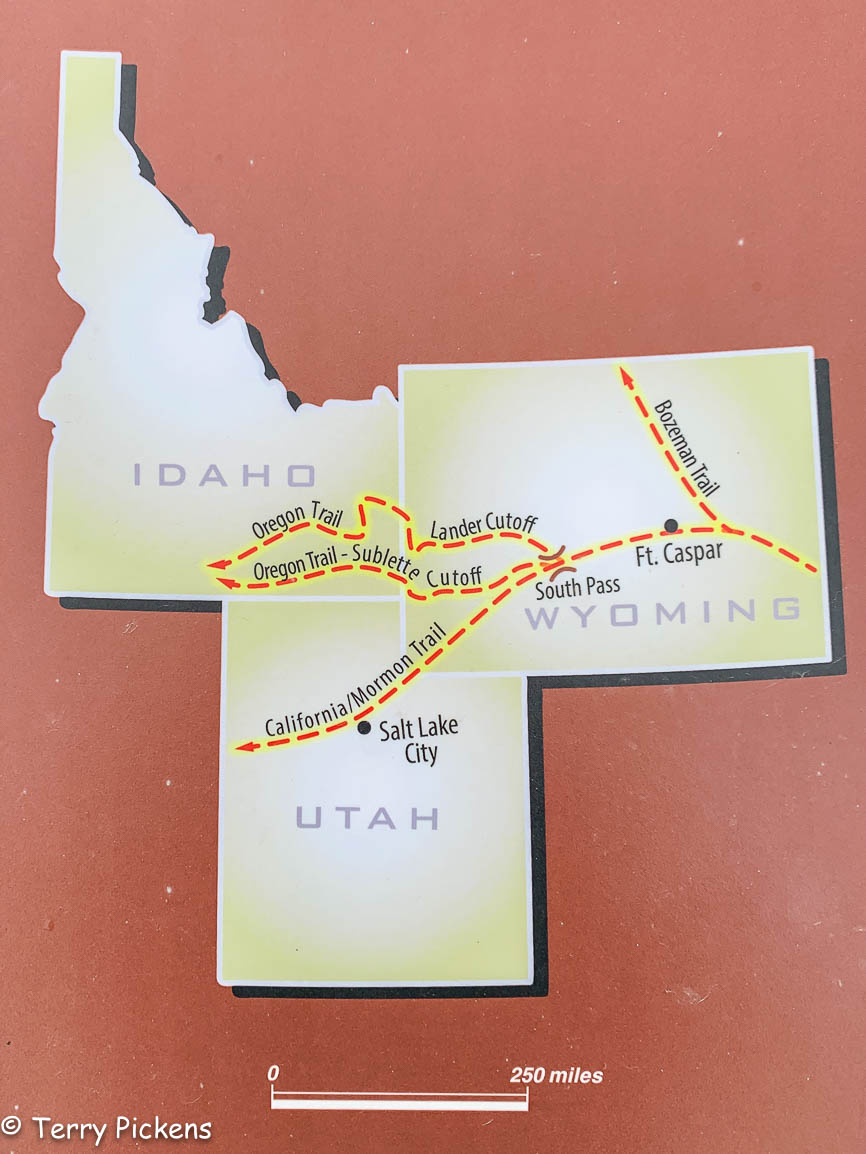

“Some men walked with whips to drive the team of animals puilling the wagon or to herd the stock. Many emigrants brought with them sheep, pigs, and cows to provide fresh meat and milk during the long journey.”
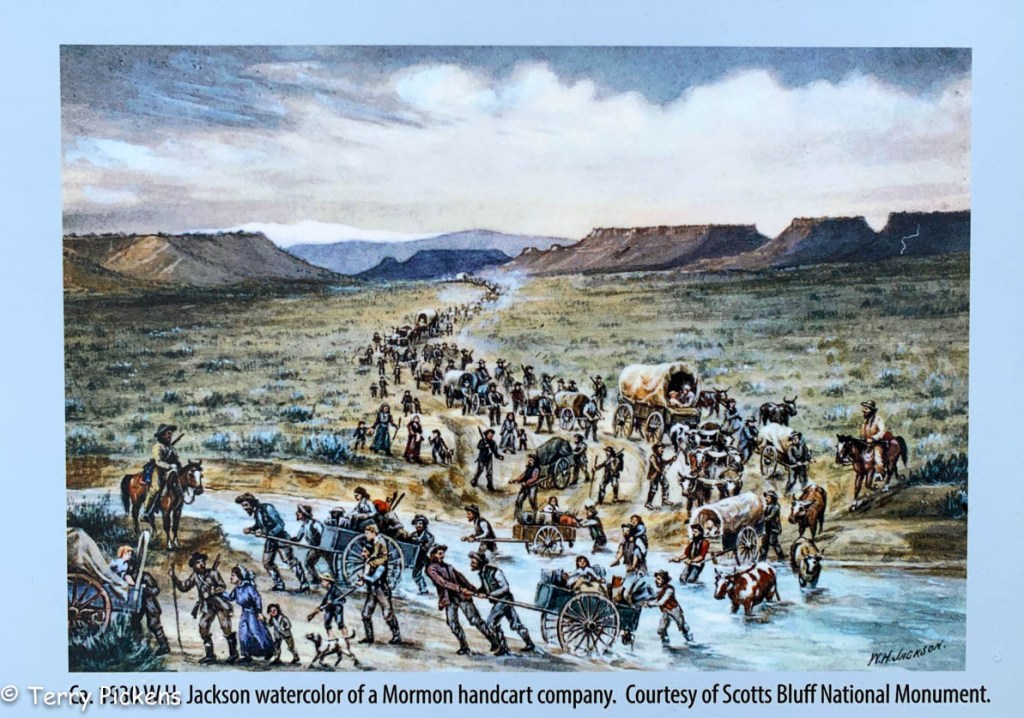
We hear of the Tiny House movement now but never think how the pioneers had to weed out all the unnecessary items of their former life for a life of hardship on the 2,170-mile (3,490 km) journey that lasted approximately 4 to 6 months and if started in the wrong season, longer. These men, women and children not only carried their personal belongings in their wagon or cart but also food and wagon parts. There were not many stores or trading posts along the perilous route. Most had no room in the wagons to sleep so they slept on the ground under the wagons or in tents.
According to the 1863 handbook “The Prairie Traveler” by Captain Randolph B. Marcy they should carry: Wrought Iron camp kettle, large enough for boiling meat and making soup; a coffee pot and cups of heavy tin, with the handles riveted on; tin plates; frying and bake pans of wrought iron, the latter for baking bread and roasting coffee; a pan of heavy tin or wrought iron for mixing bread and other culinary purposes; knives, forks and spoons; an extra camp kettle; tin or gutta percha (gum tree) bucket for water – wood being liable to shrink and fail to pieces is not deemed suitable; an axe; hatchet; a spade, mallet and matches; extra parts for the wagons such as covered tar buckets for tar, resin and grease; two bows, six “S”-hooks; a king bolt and wagon other supplies.
“When you start over these wide plains, let no one leave dependent on his friend for anything; for if you do, you will certainly have a blow-out before you get far.” – John Shively, 1846
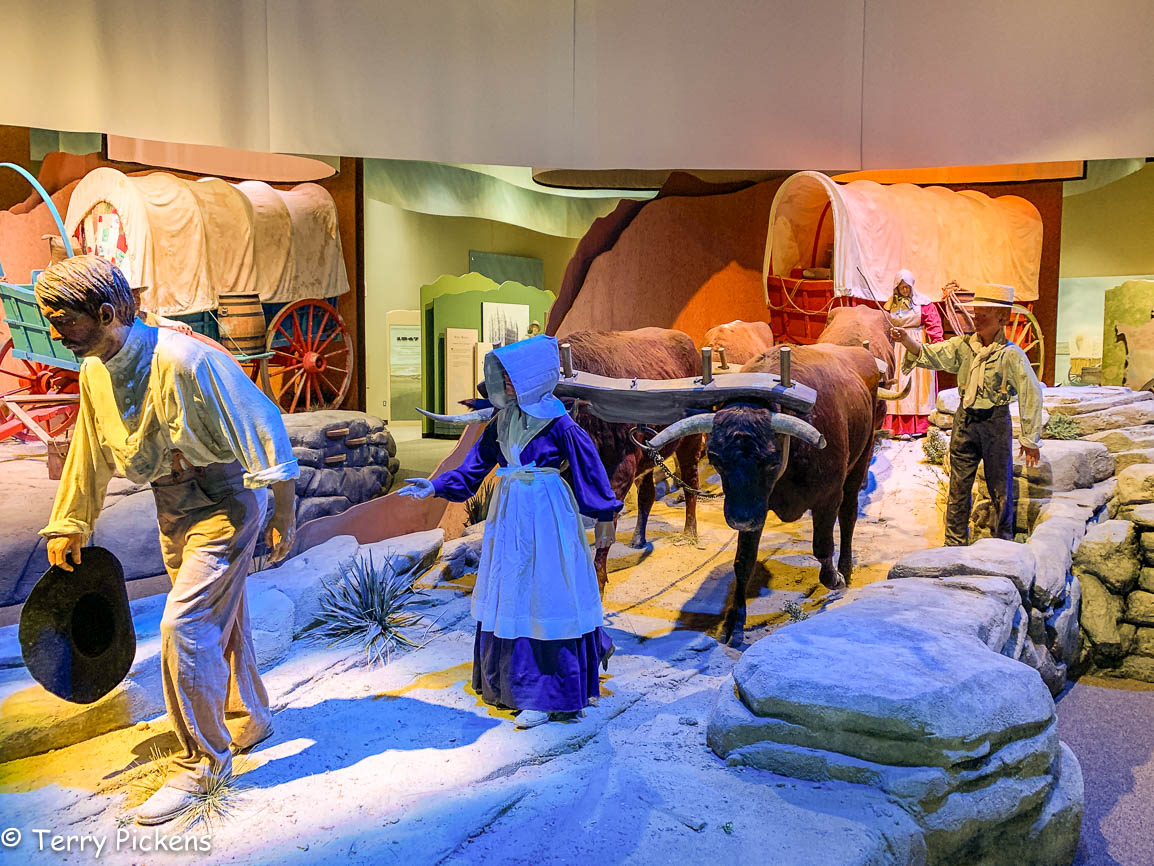




The Westward Pioneer Trails in the north consisted of the Oregon, Mormon, California and Pony Express Routes which passed through Casper, Wyoming on their way west. Casper had in place a military presence at a garrison , a trading post and some settlers. At this point settlers heading to California and Oregon had only completed one third of their journey, while the Mormons bound for Salt Lake City, Utah had completed half of theirs. But crossing the Platt River at this location they faced a perilous crossing either by fording the river and possibly losing their wagon and animals or by paying as much as $5 per wagon to cross by ferry or bridge, a fortune back in the mid 1800’s.

Visiting this 11,000 S.F. (1,000 m2) Museum you will be able to discover what life was like on the Oregon, California, Mormon and Pony Express Trails that brought settlers to the west coast in covered wagons and hand pulled carts. With 8 galleries, temporary exhibits and an 18-minute multimedia film, “Footsteps to the West” that explains the trials and tribulations of life along the trail in the theater.
Allow 1-2 hours to understand what hardships these pioneers faced. The museum contains hands on exhibits for all ages:
you can sit in a covered wagon as it bounces across a river;

pull a loaded Mormon Cart to see how difficult it was;

sit in a replica stagecoach; feel how heavy a backpack loaded with supplies that the pioneers carried as they walked across the plains on foot;
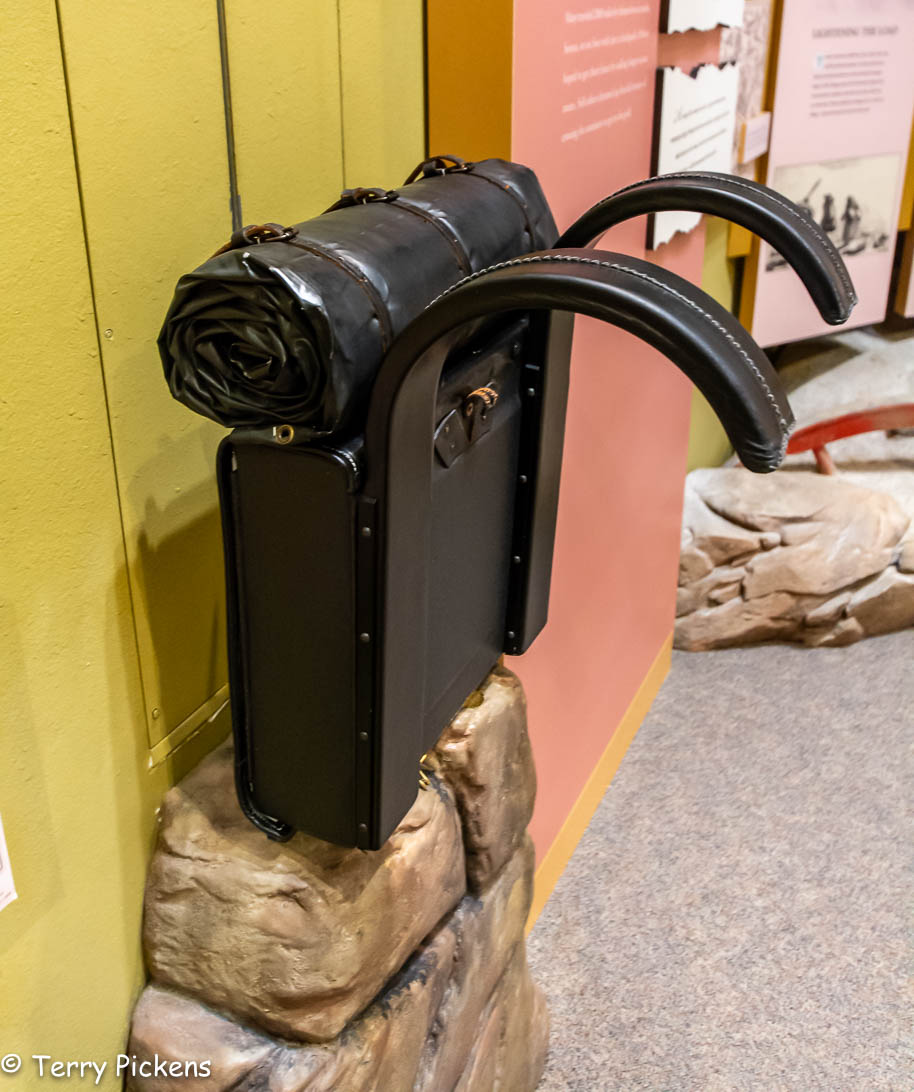

determine what is needed for the journey west;



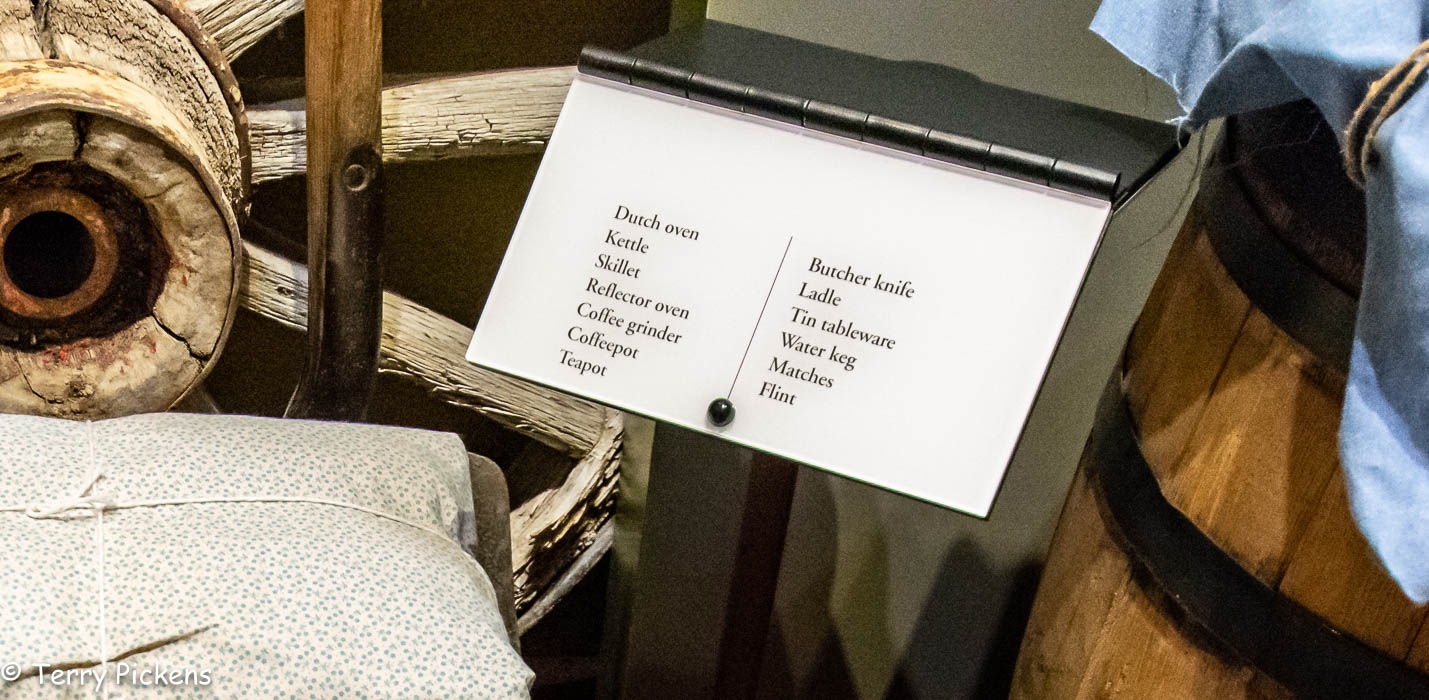


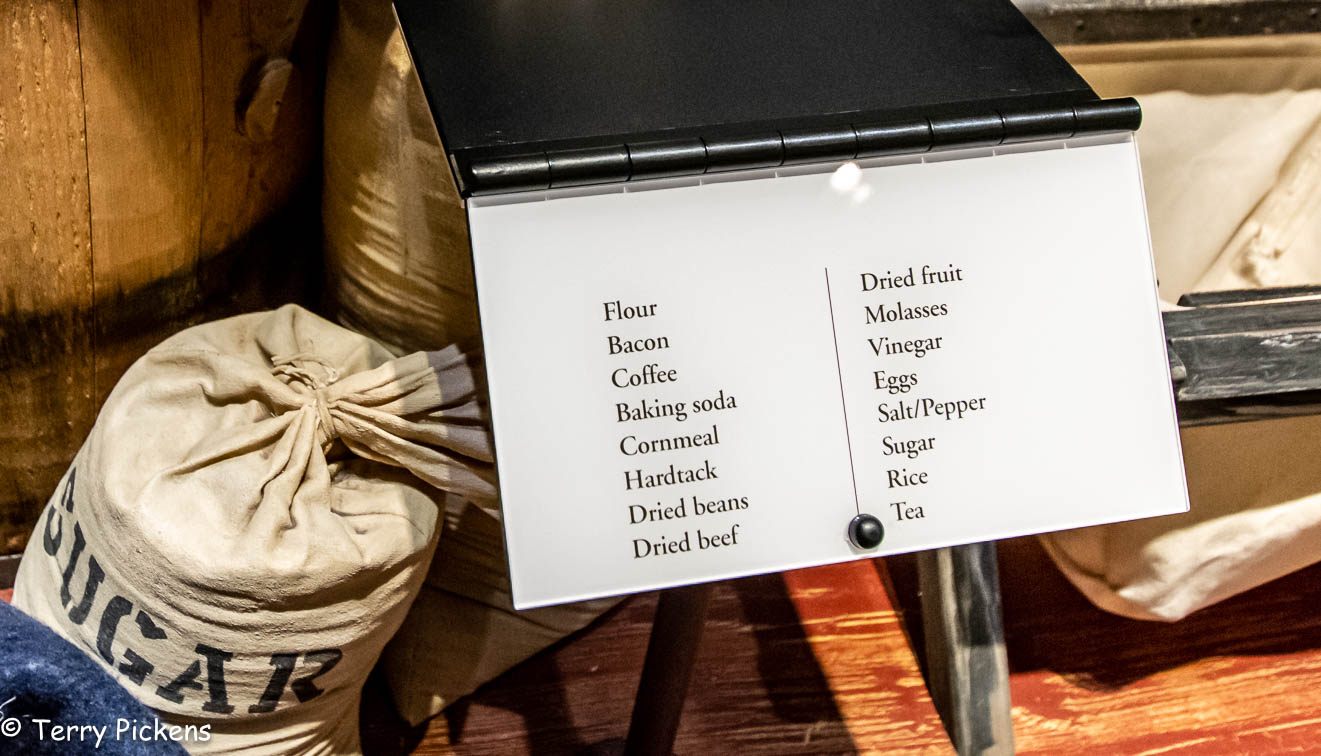

see how they calculated miles;


Learn a bit of the native cultures and their way of life on the prairie;
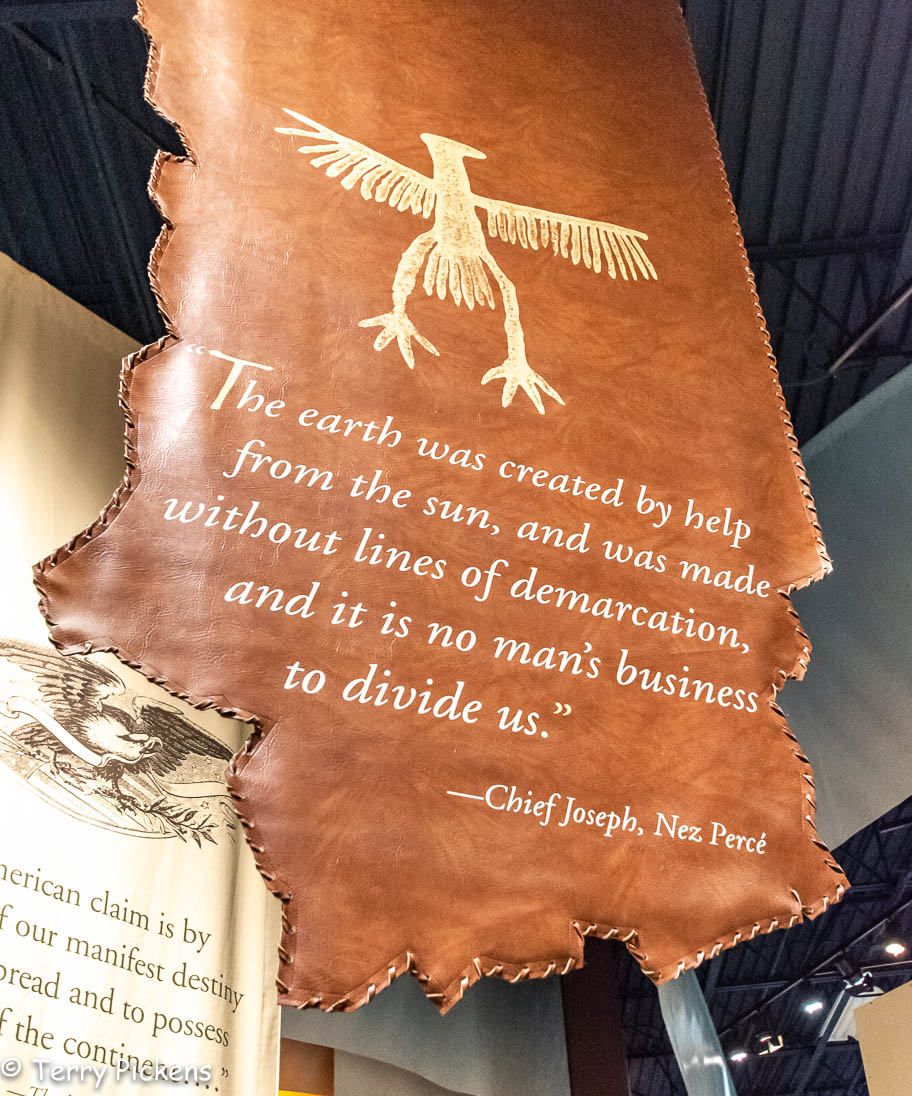
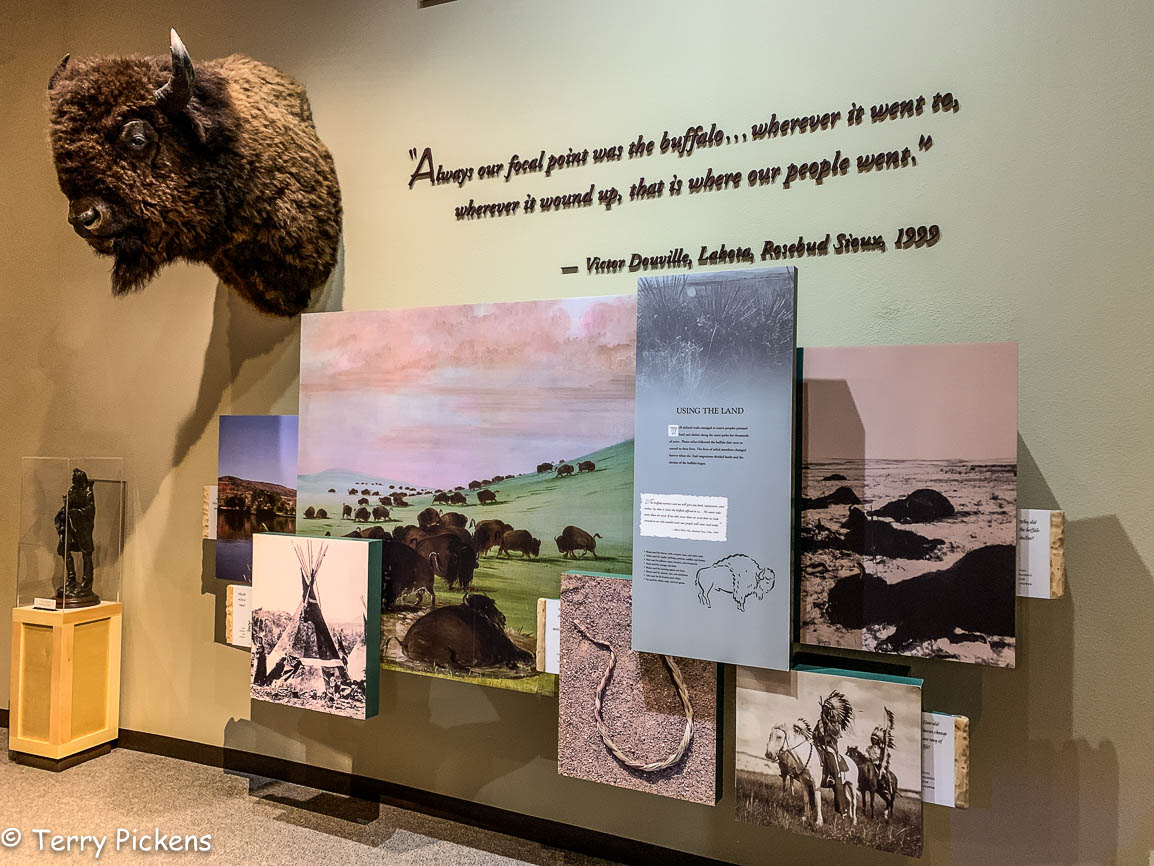

See the medicines that were taken on the trail;
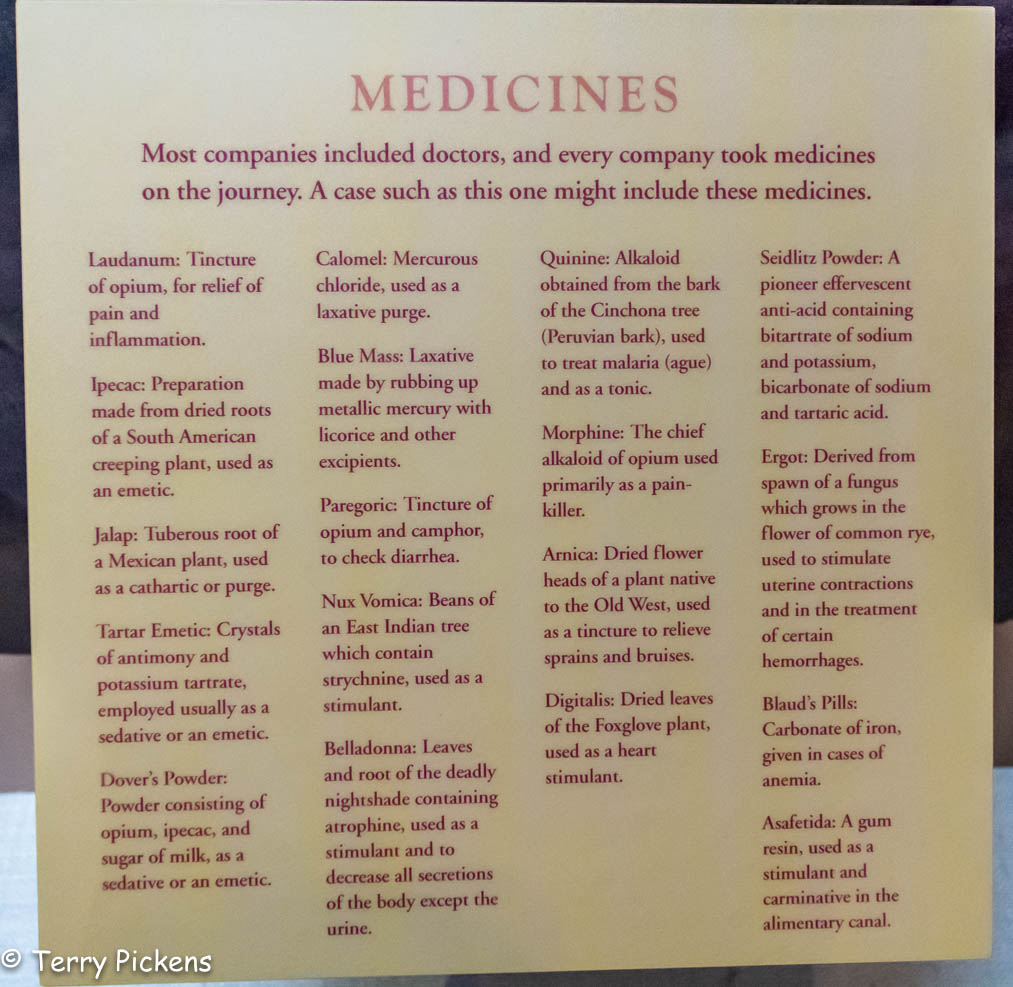

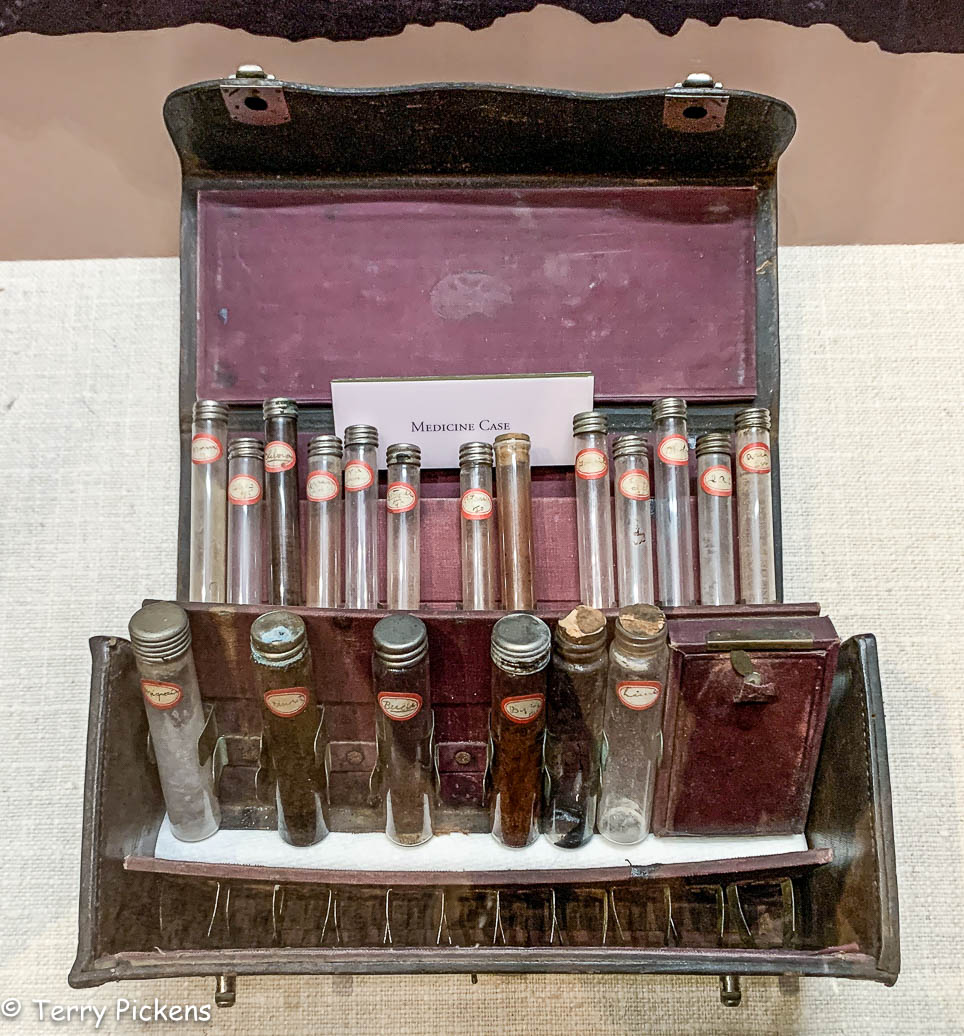
And many more hands-on displays that capture the real-life adventure of over 400,000 settlers between 1841 and 1868.
Opening August 9, 2002 and operated by the Bureau of Land Management it was a joint private and public partnership with the BLM, the National Historic Trails Foundation and the City of Casper, Wyoming commemorating Native American History, early explorers and the Trails corridors.
This is a free museum to enter but I highly recommend if you enjoy your visit please leave a donation at the entry to help offset the cost of maintenance and for future upgrades. I found staff and volunteers were all helpful and friendly on the day of my visit. Take the time to talk to them, they have knowledge of the area and local events. If you are interested in local and early American History this is a nice place to visit.
An interesting insight into the history of the settlers, giving a sense of what an arduous journey it was.
LikeLiked by 1 person